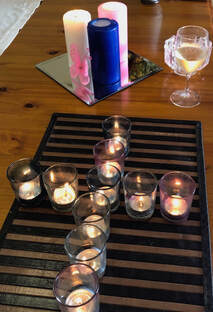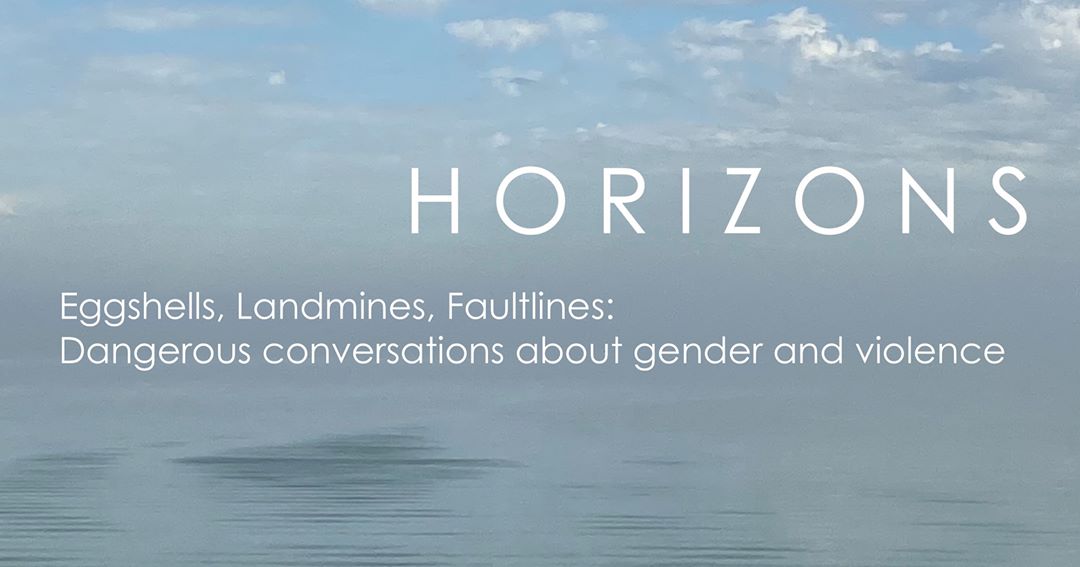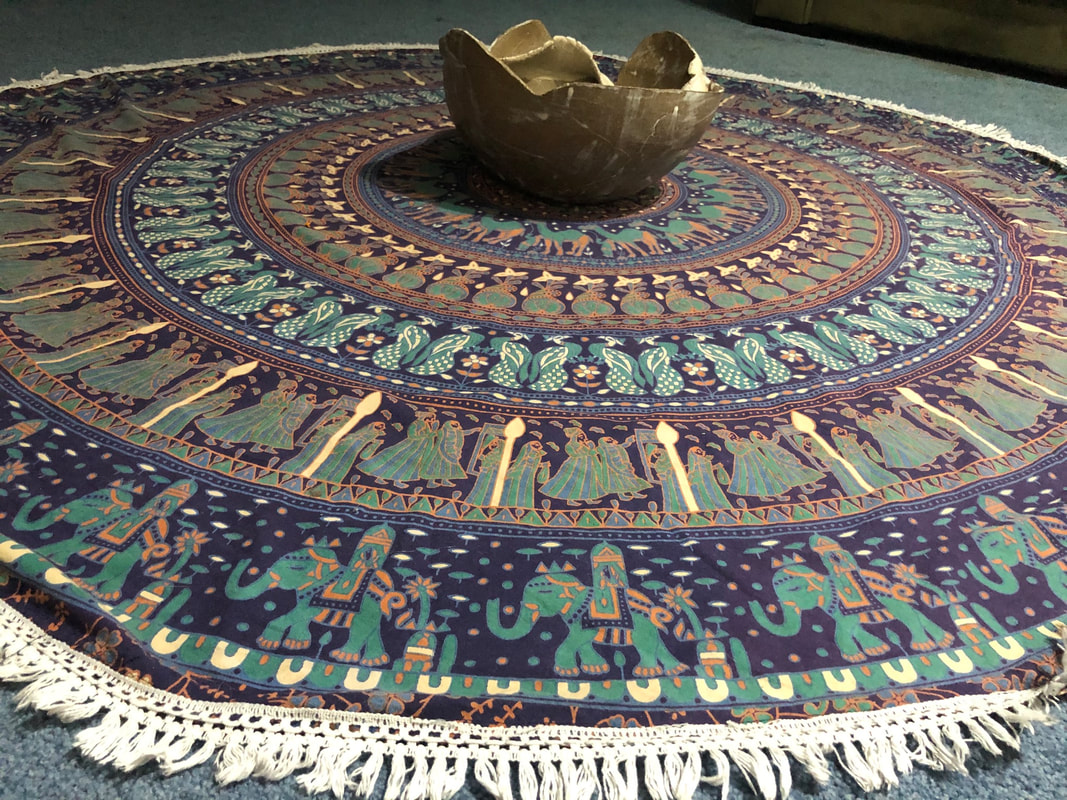|
In this recent HORIZONS conversation, it was lovely to discuss the invitation to explore the 'trans-ing' of theology and life, with Dr Cathryn McKinney and others from the Australian Collaborators in Feminist Theologies. My brief introductory reflection to this can be found here.
0 Comments
One of the most encouraging aspects of the Australian theological scene is the work of the Australian Collaborators in Feminist Theologies. Based at the University of Divinity, Melbourne, this vital network has considerably inspired and supported me in recent times and will, I hope, continue to grow in strength and influence. From a transgender perspective, it is certainly a very positive community in which to be a part. Personally I am already thankful to this project and its leaders to have an essay (entitled 'From Footballs to Matildas? - Gender Diverse People and Theological Game Change') included in the forthcoming book Contemporary Feminist Theologies: Power, Authority, Love - part of Routledge's 'Gender, Theology and Spirituality' series. I am also pleased to share in the Horizons series of online conversations which the Collaborators run on a monthly basis. This month, I am myself a focal point, chatting with Dr Cath McKinney about intersectionality, not least the challenges and opportunities of gender diverse people within feminist developments (link to event here). Here below - and at this link - is a short reflection to stimulate thought and discussion, trying to move well beyond fruitless destructive controversies such as that recently stoked by J.K.Rowling. Our times, and people of all gender identities, call for genuine depth of greater connection, contemplation, and creativity...
 Recently I created a 're-membering' blessing ritual for a transgender female who was approaching genital reconstruction surgery. It was custom-made, reflecting aspects of her character and spirituality, not least her commitment to feminist transformation and Celtic spirituality Not all of it may therefore suit others. With her agreement, I offer it however - download a PDF copy here, or see the liturgy below - as a contribution to the development and encouragement of others. I also warmly invite constructive correspondence on this subject. For it is right and proper to mark vital thresholds in our lives as times of spiritual transformation - a point beautifully expressed by John O'Donohue in one quotation used in this liturgy. It is to the great shame of most received institutional spiritual forms that they have been so slow, or actively unwilling, to respond to such needs and joys. Such spiritual intentionality is a gift and invitation to fuller life, both for the person at the centre and for everyone else involved (as our group of friends who were involved in this liturgy experienced) This particular ritual employs Christian themes and language in a contemporary framework, using and adapting other helpful resources. Such readings are examples and may of course be replaced by others more suitable. A key element is re-membering: the re-membering involved in the honouring of time and change (past, present and future), relationships, and the body (personal, communal and ecclesial), As such, as on the particular occasion of its use, an eucharistic celebration is also appropriate. This ritual also owes considerable inspiration to Jewish transgender ritual, particularly in the use of water - for whilst the mikveh, as a feature of significant Jewish transgender reflection, cannot be simply adopted by others, it points us towards depths of mystery and meaning. Other readings, such as those which speak of the transformative powers and thresholds of water within Christian scripture, might also be creatively employed.. A further element to be considered are appropriate colours, fabrics and symbols, including those which reflect the senses, In this case, reflecting Celtic connections, it was helpful to use candle lights and (en)circling. The ritual thus took place with friends gathered in a circle, later around a table for the eucharist, and, for the main part, around a deliberately placed rug. As the photo here shows, this represented a form of mandala, the different layers of a person's past and continuing journey, and ripples or waves of life and love surrounding and enfolding them. At the centre, as a focal point and for the washing, was an 'imperfect' bowl, deliberated shaped as such, representing the nature of creation and the transgender (and every human) life and body. For, like the work of creation, salvation and resurrection as a whole, we are sculptured by grace, which seeks not false ideals of perfection but ever new flourishing through love and healing. With my particular thanks to those who shared in this ceremony and every blessing to others on re-membering pathways. The liturgy follows below (click on Read More below the photo), or is downloadable here... |
AuthorThe Revd Dr Jo Inkpin: Archives
March 2024
Categories
All
|


 RSS Feed
RSS Feed